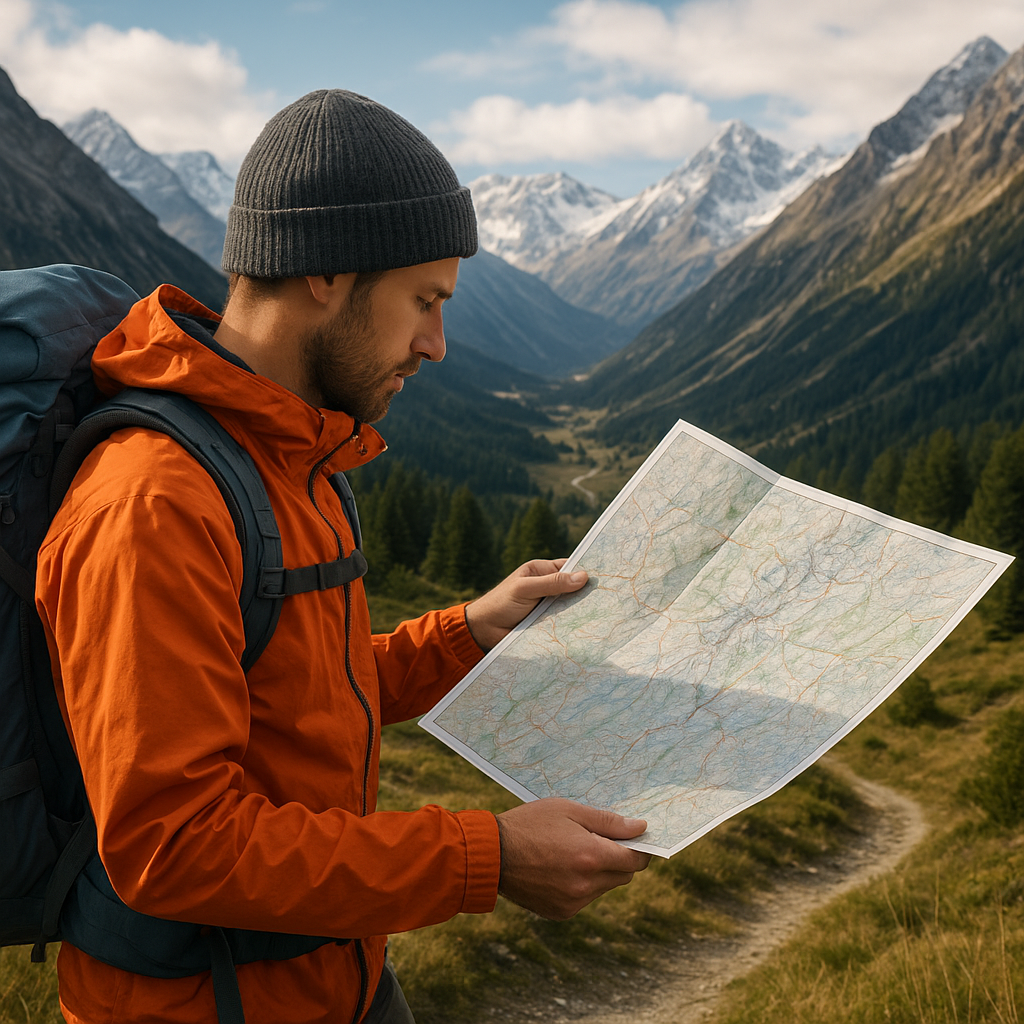
Mountainous regions, with their breathtaking landscapes and crisp air, offer a unique environment that can be both invigorating and challenging for your skin. The combination of high altitudes, intense UV radiation, and fluctuating temperatures necessitates a specialized skincare routine to maintain a healthy and radiant complexion. In this article, we will explore why your skin needs extra TLC (tender loving care) in mountainous regions and provide practical tips to help you adapt your skincare regimen accordingly.
The Impact of High Altitudes on Your Skin
High altitudes present a unique set of challenges for your skin. One of the most significant factors is the reduced atmospheric pressure, which can lead to decreased oxygen levels. This can result in a condition known as hypoxia, where your skin cells receive less oxygen, leading to a dull and tired complexion. Additionally, the air at higher altitudes tends to be drier, which can strip your skin of its natural moisture and lead to dehydration.
Increased UV Radiation
Another critical factor to consider is the increased exposure to ultraviolet (UV) radiation. At higher altitudes, the thinner atmosphere provides less protection from the sun’s harmful rays. This means that your skin is more susceptible to UV damage, which can accelerate the aging process, cause sunburn, and increase the risk of skin cancer. It is essential to use a broad-spectrum sunscreen with a high SPF to shield your skin from these harmful effects.
Fluctuating Temperatures
Mountainous regions often experience significant temperature fluctuations throughout the day. The mornings and evenings can be chilly, while the afternoons can be surprisingly warm. These rapid changes in temperature can cause your skin to become stressed and reactive, leading to issues such as redness, irritation, and dryness. To combat this, it is crucial to use products that help to strengthen your skin’s barrier function and provide adequate hydration.
Adapting Your Skincare Routine for Mountainous Regions
Given the unique challenges posed by high altitudes, it is essential to adapt your skincare routine to provide your skin with the extra care it needs. Here are some practical tips to help you maintain a healthy and radiant complexion while enjoying the beauty of mountainous regions.
Hydration is Key
One of the most important aspects of your skincare routine in mountainous regions is hydration. The dry air can quickly deplete your skin’s moisture levels, leading to dehydration and a compromised skin barrier. To combat this, use a hydrating serum or essence that contains ingredients such as hyaluronic acid, glycerin, and aloe vera. These ingredients help to attract and retain moisture in the skin, keeping it plump and hydrated.
Additionally, consider using a rich, nourishing moisturizer to lock in hydration and protect your skin from the harsh elements. Look for products that contain ceramides, fatty acids, and natural oils, as these ingredients help to strengthen the skin’s barrier and prevent moisture loss.
Sun Protection is Non-Negotiable
Given the increased UV radiation at higher altitudes, sun protection is absolutely essential. Use a broad-spectrum sunscreen with an SPF of at least 30, and reapply it every two hours, especially if you are spending extended periods outdoors. Don’t forget to protect your lips with a lip balm that contains SPF, as they are also susceptible to sun damage.
In addition to sunscreen, consider wearing protective clothing, such as wide-brimmed hats, sunglasses, and long-sleeved shirts, to further shield your skin from the sun’s harmful rays.
Gentle Cleansing and Exfoliation
Maintaining a clean and clear complexion is important, but it is essential to use gentle products that do not strip your skin of its natural oils. Opt for a mild, hydrating cleanser that effectively removes dirt and impurities without causing dryness or irritation.
Exfoliation is also crucial to remove dead skin cells and promote cell turnover. However, be mindful of the frequency and type of exfoliant you use. In mountainous regions, your skin may be more sensitive, so opt for a gentle exfoliant with ingredients like lactic acid or fruit enzymes, and limit exfoliation to once or twice a week.
Antioxidant Protection
Antioxidants play a vital role in protecting your skin from environmental stressors, such as UV radiation and pollution. Incorporate antioxidant-rich products into your skincare routine, such as serums or moisturizers that contain vitamin C, vitamin E, and green tea extract. These ingredients help to neutralize free radicals, reduce inflammation, and promote a healthy, radiant complexion.
Barrier Repair and Soothing Ingredients
To help your skin adapt to the challenging conditions of mountainous regions, focus on products that support barrier repair and provide soothing benefits. Look for ingredients such as niacinamide, panthenol, and centella asiatica, which help to strengthen the skin’s barrier, reduce redness, and calm irritation.
Additionally, consider using a hydrating face mask once or twice a week to provide an extra boost of moisture and nourishment. Look for masks that contain ingredients like hyaluronic acid, aloe vera, and chamomile, which help to soothe and hydrate the skin.
Conclusion
Mountainous regions offer a unique and beautiful environment, but they also present specific challenges for your skin. The combination of high altitudes, increased UV radiation, and fluctuating temperatures necessitates a specialized skincare routine to maintain a healthy and radiant complexion. By focusing on hydration, sun protection, gentle cleansing, antioxidant protection, and barrier repair, you can ensure that your skin receives the extra TLC it needs to thrive in these challenging conditions. Embrace the beauty of the mountains while keeping your skin healthy and glowing with these practical skincare tips.

